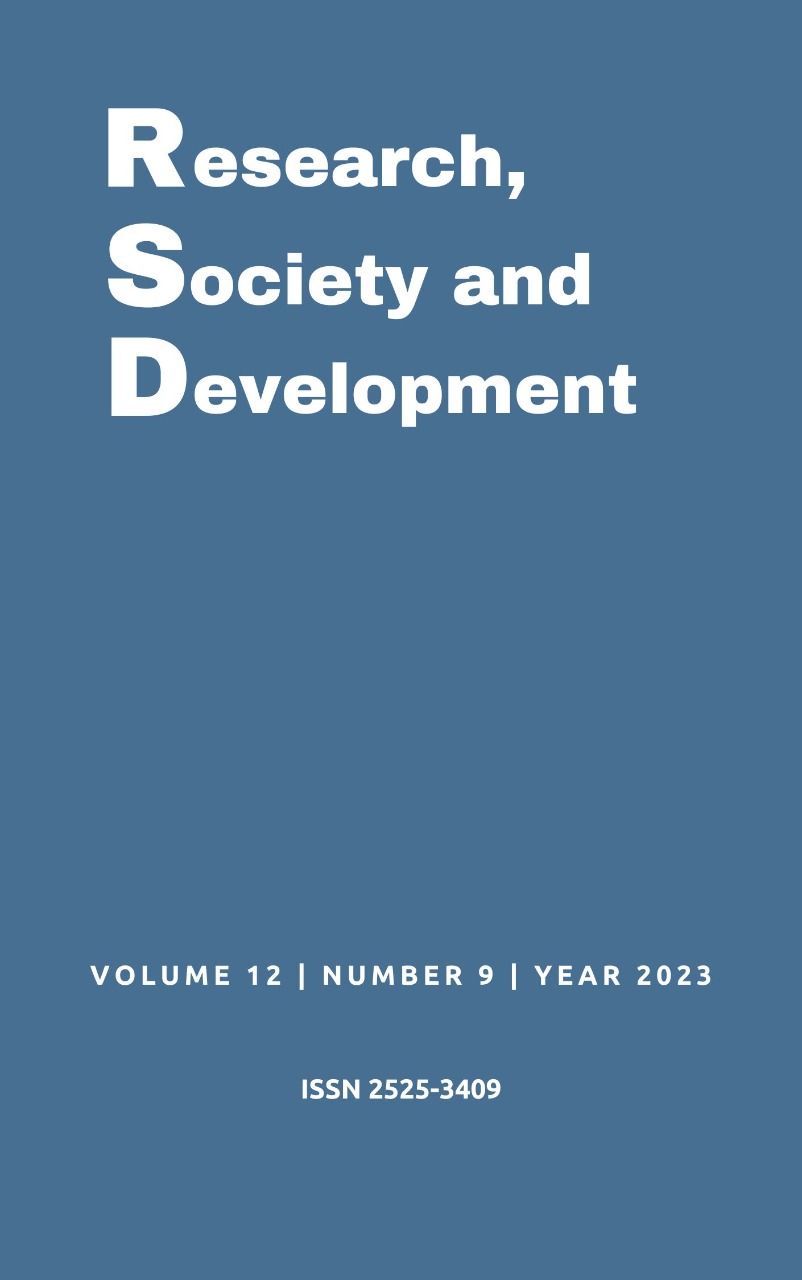The tourist warming of Tibau/RN: A case study on second residence
DOI:
https://doi.org/10.33448/rsd-v12i9.40696Keywords:
Cultural tourism, Cultural symbology, Events.Abstract
The study aims to analyze the impact of the second home for tourist heating during the summer period in the municipality of Tibau, in Rio Grande do Norte. The relevance of the study focuses on exposing the impacts caused by the existence of the second residence in the coastal area of Tibau, raising the positive and negative points, the relationship between visitors and inhabitants and the tourist heat. The methodology used was the descriptive/exploratory case study, with qualitative methods, with analysis of the quantitative data collected during the field research and application of the questionnaire. The data will be exposed by graphs, identifying the main points of the questionnaires. Qualitative analysis was carried out based on bibliographical and documental research and field research. With the results, it is clear the relationship between people who live in the city of Tibau with those who go only in free periods, and it was possible to detect the heating of local tourism through the considerable increase in sales of services and products available in the municipality during this period, where the flow of visitors/users of these properties enjoy these services and products, thus contributing to the increase of tourist activity in the locality. However, the research found that despite the continuous presence of the second residence, tourism increases only during the summer season, due to the residents and visitors who occupy these residences. However, for the rest of the year, because these properties remain closed most of the time, the flow is lower and the tourist heat.
References
Assis, L. Francisco de. (2009). Do território usado à multiterritorialidade: Reflexões sobre o lazer e o turismo em segundas residências no nordeste brasileiro. Recuperado de https://www.revistas.usp.br/geousp/article/view/74127. https://doi.org/10.11606/issn.2179-0892.geousp.2009.74127
Dantas, E. W. C. (2011) Mar à vista: Estudo da maritimidade em Fortaleza. (2a ed.). Edições UFC.
Dias, R. (2003). Planejamento do turismo: Política e desenvolvimento do turismo no Brasil. Atlas.
Felipe, J. L. A. & Rosado, V. (2002). Tibau espaço e tempo. (3a ed.). Fundação Guimarães Duque.
Gil, A. C. (2007). Métodos e técnicas de pesquisa social. (5a ed.). Atlas.
Guedes, M. (1997). Tibau em dois tempos. (Coleção Mossoroense). Mossoró: Fundação Vingt-Um Rosado.
Instituto Brasileiro de Geografia e Estatística. (2007). Cidades. Brasil: Mossoró. https://cidades.ibge.gov.br/. Acesso em: 24 fev. 2018.
Instituto de Defesa do Meio Ambiente. (2007). Perfil do Município. http://www.idema.rn.gov.br/contentproducao/aplicacao/idema/socio_economicos/enviados/perfil_t.asp. Acesso em 30 jun. 2018.
Nascimento. C. R. T do. (2010). A participação dos residentes no processo de produção do território turístico em Canoa Quebrada/CE (Dissertação de mestrado). Universidade Federal do Rio Grande do Norte – UFRN, Natal, RN, Brasil.
Pereira, A. Q. (2006). Veraneio marítimo e expansão metropolitana no Ceará: Fortaleza em Aquiraz (Dissertação de mestrado). Universidade do Estado do Ceará – UECE, Fortaleza, CE, Brasil.
Rocha, A. P. B. (2005). Expansão urbana de Mossoró (Coleção Mossoroense). UFRN.
Ruschmann, D. (1997). Turismo e planejamento sustentável: A proteção do meio ambiente (8a ed.). Papirus.
Severino, A. J. (2007). Metodologia do trabalho científico. Cortez.
Silva, K de. O. (2010). A residência secundária e o uso dos espaços públicos no litoral oriental potiguar (Dissertação de Mestrado). Universidade Federal do Rio Grande do Norte – UFRN, Natal, RN, Brasil.
Downloads
Published
Issue
Section
License
Copyright (c) 2023 Vera Lúcia Lopes de Oliveira; Cláudia Regina Tavares do Nascimento

This work is licensed under a Creative Commons Attribution 4.0 International License.
Authors who publish with this journal agree to the following terms:
1) Authors retain copyright and grant the journal right of first publication with the work simultaneously licensed under a Creative Commons Attribution License that allows others to share the work with an acknowledgement of the work's authorship and initial publication in this journal.
2) Authors are able to enter into separate, additional contractual arrangements for the non-exclusive distribution of the journal's published version of the work (e.g., post it to an institutional repository or publish it in a book), with an acknowledgement of its initial publication in this journal.
3) Authors are permitted and encouraged to post their work online (e.g., in institutional repositories or on their website) prior to and during the submission process, as it can lead to productive exchanges, as well as earlier and greater citation of published work.


